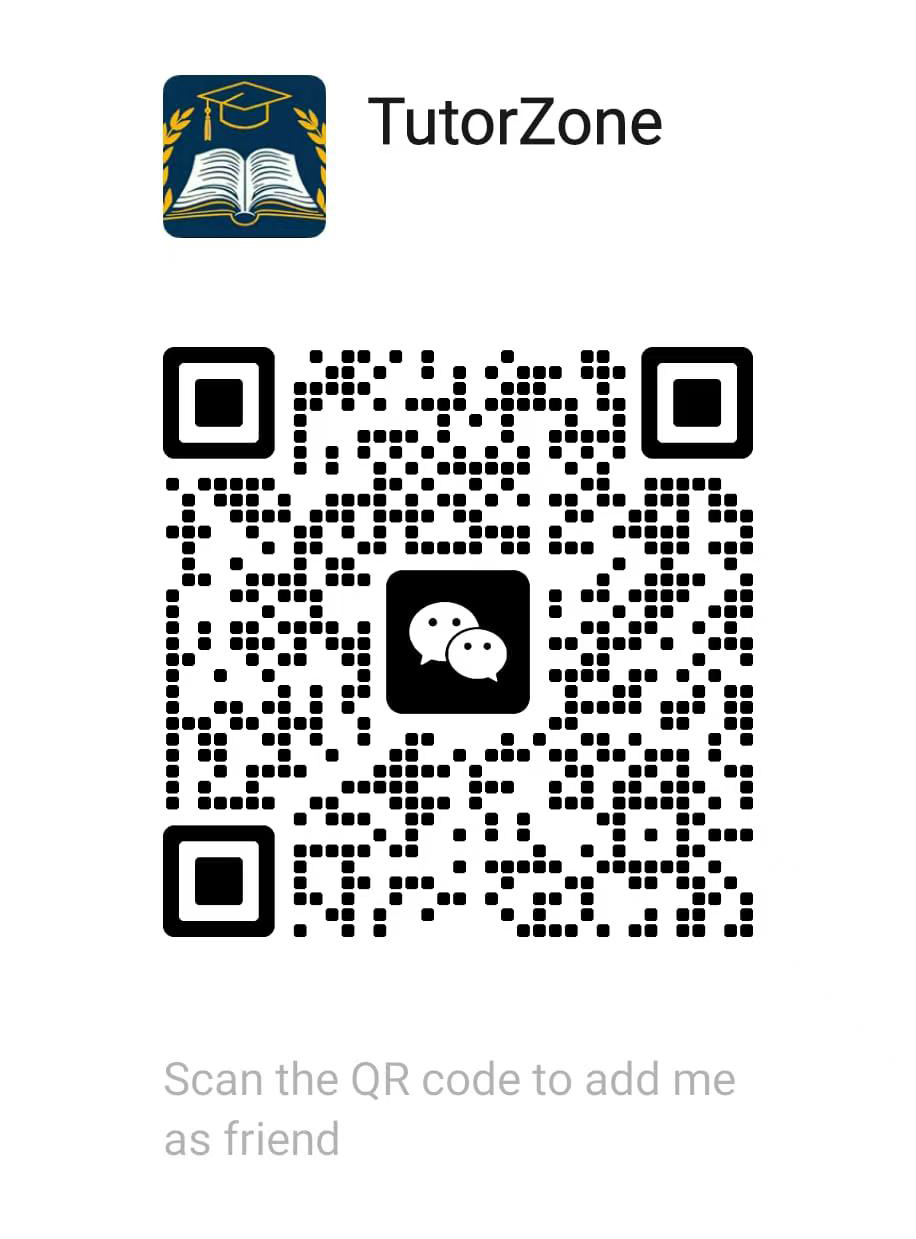Design and Technology tutor
- 2025-05-11
Design and Technology Curriculum in Hong Kong Primary Schools | STEM Education Overview
Introduction to Design and Technology (D&T) in Primary Schools
The Design and Technology (D&T) subject in Hong Kong primary schools plays a crucial role in STEM education, aiming to nurture students’ creativity, critical thinking, and problem-solving abilities. This hands-on subject empowers students to address real-world challenges and provides foundational knowledge in engineering, technology, and innovation. D&T equips students with the skills needed to integrate mathematics, science, and art, paving the way for future academic and professional pursuits.
Key Learning Objectives of D&T in Primary Schools
The D&T curriculum aims to foster essential skills in students, including:
- Problem-Solving Skills: Teaching students to solve practical problems through the design process.
- Technological Literacy: Helping students understand the fundamental principles of engineering and technology.
- Creative Thinking: Encouraging students to transform ideas into tangible solutions.
- Interdisciplinary Knowledge: Integrating mathematics, science, and art to tackle real-life challenges.
Curriculum Structure: Four Core Modules of Design and Technology
1. Design Fundamentals
- Design Process:
- Needs analysis (e.g., “Design a bookshelf”)
- Sketching (either hand-drawn or digital)
- Prototyping using eco-friendly materials
- Design Principles:
- Functionality, aesthetics, and safety evaluation
- Cost and material selection (e.g., cardboard vs. wood)
2. Materials and Making
- Common Materials Operations:
- Paper crafts (e.g., 3D cards, structural models)
- Woodworking (e.g., simple joints, laser cutting)
- Plastic forming (e.g., recycling PET bottles)
- Tool Usage:
- Basic tools: Scissors, glue guns, rulers
- Advanced tools: 3D printing pens, soldering irons (for higher grades)
3. Mechanics and Structures
- Simple Mechanical Principles:
- Levers (e.g., creating a balance scale)
- Gears (e.g., manual toy cars)
- Pulley systems (e.g., mini cranes)
- Structural Stability:
- Bridge design challenges (e.g., using straws for weight support)
- Earthquake-resistant models (earthquake simulation tests)
4. Electronics and Programming
- Basic Circuits:
- Exploring conductive materials (e.g., graphite circuit drawing)
- Creating closed circuits (e.g., LED light switches)
- Introduction to Programming:
- Visual programming with Scratch (e.g., controlling robots)
- Micro:bit applications (e.g., temperature sensor projects)
Teaching Methods for D&T in Primary Schools
The teaching approach for Design and Technology includes various engaging methods designed to foster creativity and practical skills:
Project-Based Learning (PBL)
Students engage in hands-on projects that integrate different disciplines, such as:
- Design a rainwater collection system covering:
- Science (water cycle)
- Mathematics (volume calculations)
- Art (design appearance)
Collaborative Learning
- Group projects allow students to take on roles such as designer, engineer, and tester, promoting teamwork and communication.
Industry Connections
- Visits to maker spaces like the HK Maker Club introduce students to real-world applications and inspire innovation.
Assessment Criteria for Design and Technology
Process Assessment (60%)
- Design Journals: Recording design iterations and improvements
- Class Participation: Demonstrating tool safety and technique proficiency
Outcome Assessment (40%)
- Prototype Testing: Evaluating the functionality of projects (e.g., “Paper bridge weight-bearing contest”)
- Oral Presentations: Explaining the design and functionality of the final product
Teaching Materials and Resources
D&T lessons make use of a variety of teaching materials and tools:
School-based Textbooks
- Tailored by teachers to meet the specific needs and abilities of students.
Tool Kits
- Basic: LittleBits electronic modules
- Advanced: LEGO Education SPIKE
Virtual Tools
- Tinkercad: 3D modeling software for design and prototyping
Transition from Primary to Secondary D&T Curriculum
As students progress from primary to secondary school, the D&T curriculum becomes more advanced. Secondary school students will learn:
- Advanced material processing (metal, ceramics)
- Programmable controls (e.g., Arduino)
Some secondary schools also offer Design and Applied Technology (D&T) as an elective in the DSE exams.
Recent Developments in D&T Education
Hong Kong’s education system has seen several key developments in D&T education:
- Innovation and Technology Policies: The Education Bureau’s Primary IT Innovation Laboratories project supports hands-on learning.
- Inter-school Competitions: Events like the Hong Kong Youth Science and Technology Innovation Contest showcase student projects.
- Gender Equality: Efforts to encourage female participation in mechanical design and engineering fields, breaking traditional gender stereotypes.
Parental Support and Involvement in D&T Learning
Parents can help support their child’s learning by engaging in activities like:
- Home Projects: Encourage students to build projects using recycled materials (e.g., self-watering systems).
- Visits and Activities: Take part in workshops, such as the Engineering Challenges at the Hong Kong Science Museum.
- Safety Supervision: Ensure safety when using tools like hot glue guns at home.
Educational Value of D&T in Primary Schools
The Design and Technology subject stands out as one of the few in Hong Kong that blends creativity with engineering. The key educational values include:
- Fostering a “Maker” Mindset: Encourages students to become creators rather than just consumers of technology.
- Preparing for Future Skills: Equips students with foundational skills needed for the automation and AI era.
- Promoting Inclusive Learning: Provides opportunities for non-academic inclined students to excel.
Notes:
While not every primary school offers Design and Technology as a standalone subject, the proportion of schools offering this subject separately is increasing. Some schools integrate it into General Studies or extracurricular activities.
For further details, visit the Hong Kong Education Bureau website.

